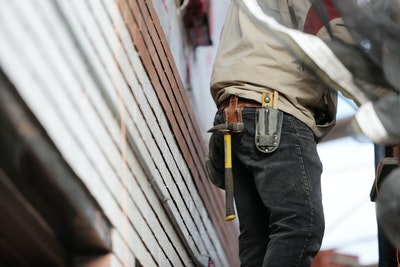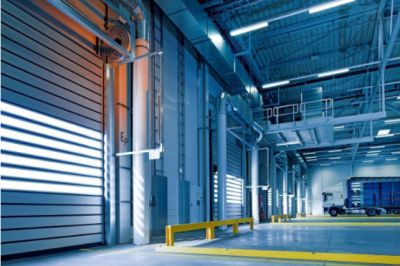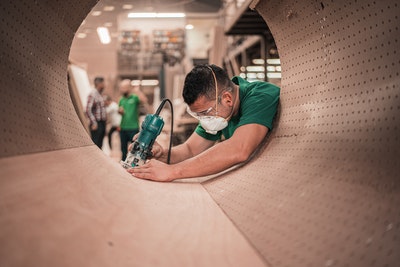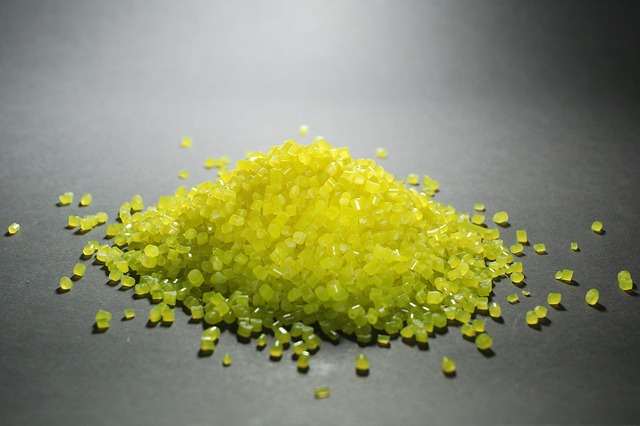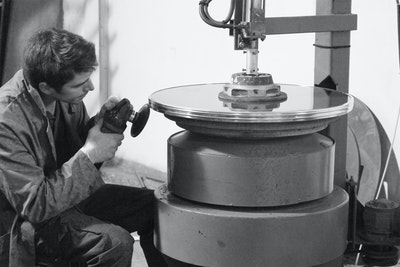When to Use Laser vs. Water Jet Cutting Technology
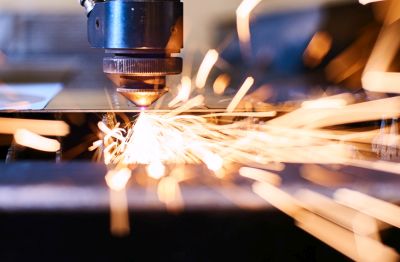 When it comes to prototyping and manufacturing industrial products, there’s one operation that may be more important than all others: cutting.
When it comes to prototyping and manufacturing industrial products, there’s one operation that may be more important than all others: cutting.
Simply put, the cutting operation is what allows you to shape a block of material into a specified design and shape. With that in mind, it makes sense that industrial organizations spend tons of money on cutting technology.
The two principal types of cutting technology are laser and waterjet cutting operations. In this article, we’ll give you our take on the laser vs waterjet cutting debate. By the end, you should hopefully have a good idea of which technology is right for your business.
Laser Cutting
The concept behind laser cutting is fairly intuitive. The technology leverages a highly focused laser beam to cut through all kinds of materials. The cut is possible because of the temperature that the laser beam will raise the material underneath it to. The technology will essentially burn its way through a cut.
However, this cutting method introduces one disadvantage. Because the end cut happens through a burn, it can be hard to get extremely precise tolerances on the outputted products. Therefore, use laser cutting as your preferred cutting technology when tolerances aren’t insanely small.
The advantages of laser cutting are significant as well. The laser vs waterjet cost is squarely in the laser’s favor, as there is no variable cost besides electricity, as there is with a waterjet cut. In addition, these services are often better in a time crunch, since lasers can cut quicker than water.
Waterjet Cutting
Now let’s turn our attention to waterjet cutting. It may be difficult to imagine how water can cut materials like wood and metal — but it becomes more clear when you consider the concept of pressure.
When anything is pressured enough, it can cause a lot of damage. A waterjet cutting machine uses a fine stream of extremely high-pressured water. As long as the pressure is right, a waterjet mechanism can cut through virtually anything.
In addition, as water is the only element being used, this cutting technology is rather environmentally-friendly. And because the stream of water can be fine-tuned, the laser vs waterjet pierce diameter question is in the waterjet’s favor. Waterjet’s smaller pierce diameter allows for extremely high tolerances.
The one disadvantage of waterjet cutting is that it is quite expensive. Not only is the equipment expensive to purchase and maintain, but the cutting mechanism also uses a lot of water. The water, as well as the disposal of wastewater, introduces additional variable costs.
Laser vs Waterjet Cutting — Which is Right for You?
There you have it. Now that you have this guide to laser vs waterjet cutting under your belt, you should have a much better idea of which option is right for your construction and manufacturing purposes.
For more construction-related and technology advice, you’re in the right place! Be sure to take some time to check out the rest of the articles available to read on the website before you leave!

